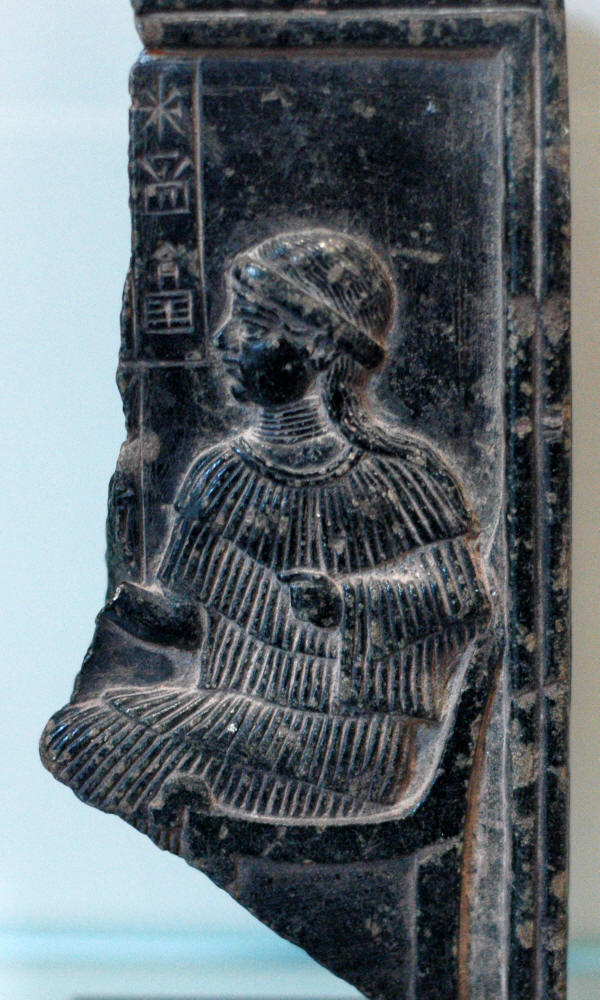

Uruk: 150 miles south of modern-day Baghdad
Historical Gilgamesh: Gilgamesh was a King in Uruk sometime around 2800-2500 BCE
The Epic: Old Babylonian epic (taken from 5 Sumerian poems and 1 Akkadian epic) was recorded in the 18th century BCE.
Themes and Motifs
THEMES:
A theme is a unifying idea or concept that is woven into the fabric of a
literary work. Some of the themes of Gilgamesh are:
Love and friendship
Heroic ideal
Heroic journey/quest
Knowledge (the search for it and the acquisition of it)
Loss of innocence
Tyrant vs. King
Gods vs. Humans
Women as helpers and teachers and seductresses
Fear
Dreams
MOTIFS:
Think of a motif as a visual theme; it is an image that is repeated throughout a
text and that points to a theme; some motifs may appear in several texts in a
genre or over a literary period. Some motifs in Gilgamesh include:
water
seduction
doors/gates
Gilgamesh goes from being a bad king (a tyrant) to a noble and beloved king. How and why does the transformation take place?
What is the nature of Gilgamesh and Enkidu’s relationship? How do each of the men benefit from their relationship? What gifts does each man give the other?
The serpent that eats the plant should remind you of another serpent in a certain Middle Eastern garden. What do these two serpents have in common?
What are all the possible meanings of water in this story?
Women play a particularly interesting role in the epic. Describe the different types of women and what roles they play.
When and why or of what are Enkidu and Gilgamesh afraid?


|

Fragmentary relief dedicated to the goddess Ninsun, mother of Gilgamesh. Steatite, Neo-Sumerian Period.